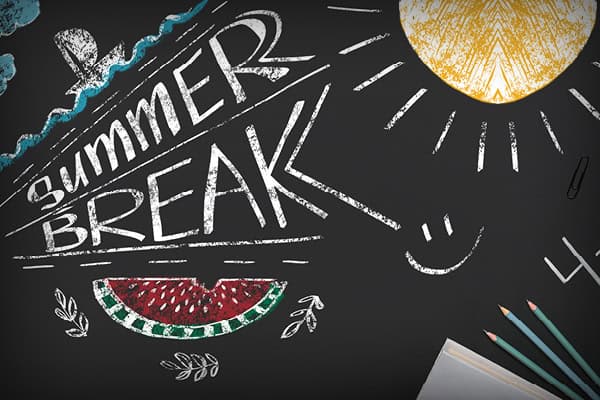Experts say year-round school could have educational benefits, but the summer break, standard since the late 1800s, makes it a tough sell, according to The Hill.
Only 3 percent of public schools in the U.S. currently operate 12 months a year.
The prevalence of year-round schooling has dropped from 6 percent of all public schools in the 1990s to 3 percent in 2018.
The popularity of year-round calendars peaked in late 1990s in California, and the reason for that was to deal with school crowding. It was very difficult under California law to build new schools.
Year-round education does not mean kids are in school all the time. A very small number of schools have more than the usual 180 school days in this country. Instead, on a year-round schedule, students tend to have shorter breaks but more of them, such as nine weeks of class and three weeks of break.
Advocates for year-round education say communities will need to decide what works best for them, but that COVID-19 has made people look more closely at their options. There’s no research that says kids need to have two and a half months off.
But some say the pros do not outweigh the cons, and that selling the public, lawmakers and teachers on all-year round school faces challenges – the norms around summer such as teenagers getting jobs or families going on vacations.
In the near future, the three-month summer break will remain the status quo. Studies show that moving to a year-round school, to a year-round calendar creates logistical challenges without raising student achievement.
The Hill





